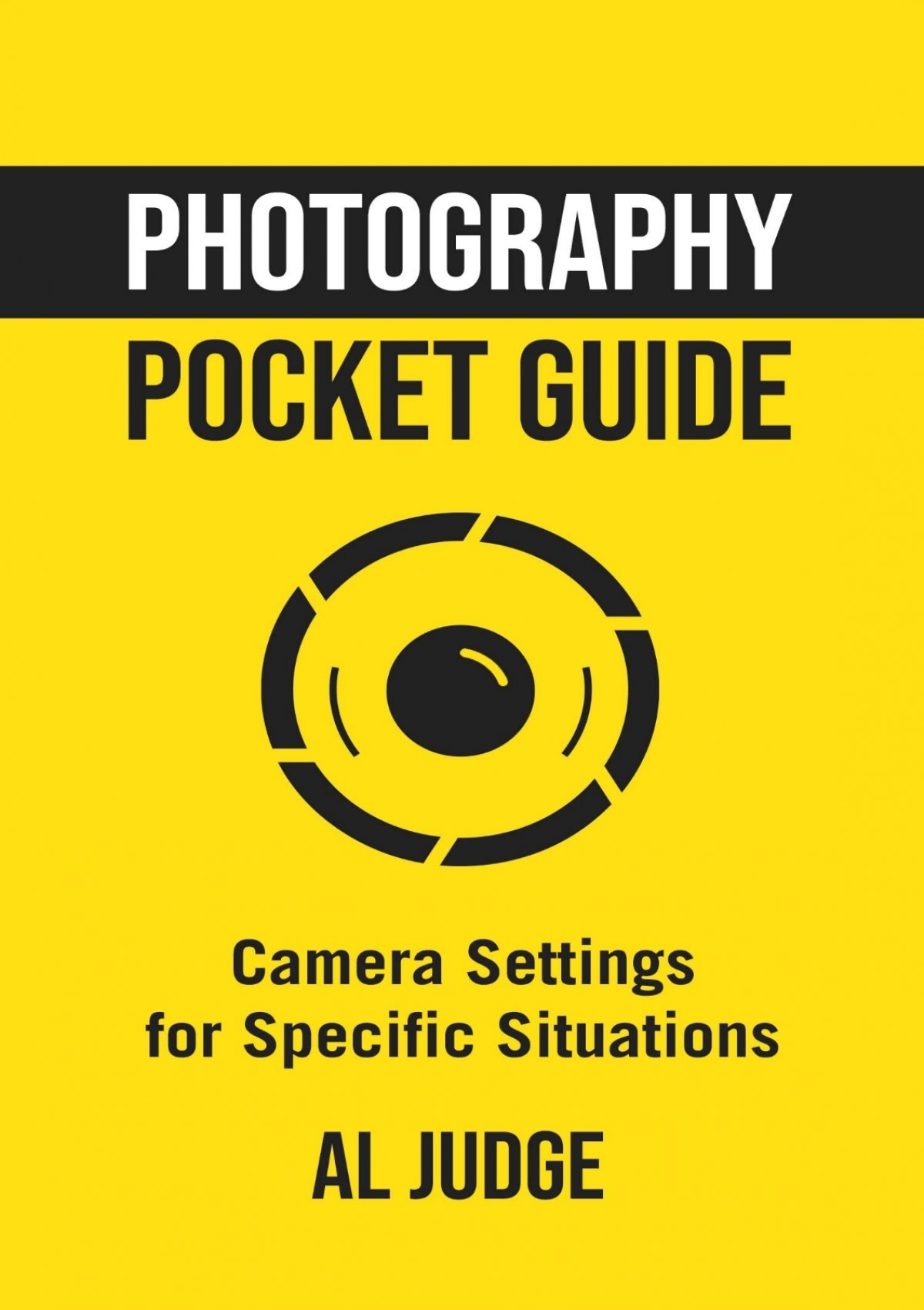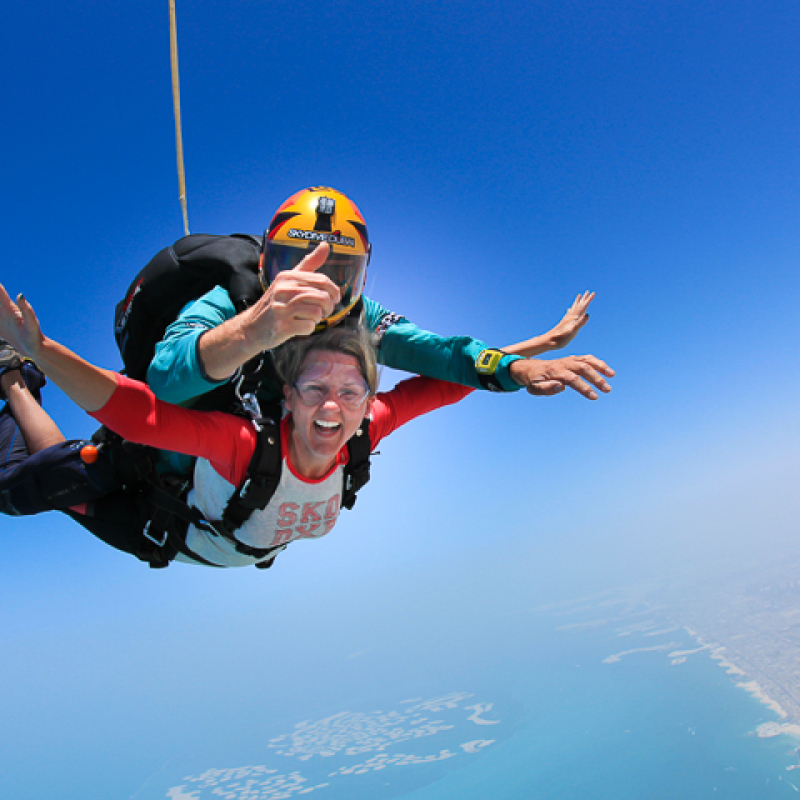“The Ultimate Guide to Travel Photography: Camera Settings and Gear to Capture the World
Related Articles The Ultimate Guide to Travel Photography: Camera Settings and Gear to Capture the World
- Unlocking Stunning Shots: The Ultimate Guide To GoPro Photo Spots And Accessories
- Unleash Your Inner Storyteller: Mastering GoPro For Travel Photography & Video Editing
- Unlocking The World: A Guide To Captivating Travel Photography With DSLRs And Drones
- 4K Lightweight Camera Gear: A Comprehensive Guide For Content Creators
- GoPro Travel Ideas For Beginners: Capture Your Adventures Like A Pro
Introduction
On this special occasion, we’re delighted to explore an engaging topic: The Ultimate Guide to Travel Photography: Camera Settings and Gear to Capture the World. Together, we’ll uncover insights that inform, inspire, and open new perspectives for our readers.
Table of Content
The Ultimate Guide to Travel Photography: Camera Settings and Gear to Capture the World

Travel photography is more than just taking snapshots; it’s about immortalizing experiences, telling stories, and sharing the beauty of the world through your unique lens. Whether you’re a seasoned pro or just starting your journey, mastering the right camera settings and choosing the right equipment can make all the difference between mediocre images and breathtaking photographs.
This comprehensive guide will equip you with the knowledge and insights you need to elevate your travel photography. We’ll delve into the essential camera settings, explore must-have gear, and offer practical tips to help you capture stunning images on your adventures.
I. Essential Camera Settings for Travel Photography
Understanding your camera’s settings is paramount to achieving the desired results. Here’s a breakdown of the key settings you should master:
1. Shooting Mode:
- Aperture Priority (Av or A): Allows you to control the depth of field (the area of the image that’s in focus). Use a wide aperture (low f-number like f/1.8 or f/2.8) for shallow depth of field, ideal for portraits and isolating subjects. Use a narrow aperture (high f-number like f/8 or f/11) for landscapes to keep everything sharp from foreground to background.
- Shutter Priority (Tv or S): Gives you control over the shutter speed, which determines how long the camera’s sensor is exposed to light. Use a fast shutter speed (e.g., 1/500s or faster) to freeze motion, perfect for capturing wildlife or sports. Use a slow shutter speed (e.g., 1/30s or slower) to create motion blur, ideal for capturing flowing water or light trails.
- Manual (M): Provides complete control over both aperture and shutter speed, allowing you to fine-tune your exposure for any situation. It requires practice but offers the most creative freedom.
- Program (P): The camera selects both aperture and shutter speed automatically, but you can adjust other settings like ISO and white balance. It’s a good starting point for beginners.
2. ISO:
- ISO measures the sensitivity of your camera’s sensor to light. Lower ISO values (e.g., ISO 100 or 200) produce cleaner images with less noise but require more light. Higher ISO values (e.g., ISO 1600 or higher) allow you to shoot in low light but can introduce noise (grain) into your images.
3. White Balance:
- White balance corrects color casts caused by different light sources (e.g., sunlight, shade, fluorescent light). Use the appropriate white balance setting for the lighting conditions, or set it to "Auto" and let the camera handle it. You can also adjust white balance in post-processing.
4. Focus Mode:
- Single-Point Autofocus (AF-S or One-Shot AF): Focuses on a single point, ideal for stationary subjects.
- Continuous Autofocus (AF-C or AI Servo AF): Continuously adjusts focus as the subject moves, perfect for capturing action.
- Manual Focus (MF): Allows you to focus manually, useful in challenging lighting conditions or when you want precise control.
5. Metering Mode:
- Metering mode determines how the camera measures the light in a scene.
- Evaluative/Matrix Metering: The camera analyzes the entire scene and calculates the exposure based on the average light levels.
- Center-Weighted Metering: The camera prioritizes the light in the center of the frame.
- Spot Metering: The camera measures the light in a very small area, allowing you to fine-tune the exposure for a specific subject.
6. Image Quality and File Format:
- RAW: Captures all the data recorded by the camera’s sensor, providing the most flexibility for post-processing. RAW files are larger than JPEGs.
- JPEG: A compressed file format that sacrifices some image data to save space. JPEGs are ready to share immediately but offer less flexibility for editing.
II. Essential Travel Photography Gear
Choosing the right gear is crucial for capturing high-quality images while traveling light. Here’s a list of essential equipment:
1. Camera Body:
- DSLR (Digital Single-Lens Reflex): Offers excellent image quality, versatility, and a wide range of lenses.
- Mirrorless Camera: Lighter and more compact than DSLRs, with comparable image quality and features.
- Compact Camera: A pocket-sized option for casual photography, offering decent image quality and ease of use.
- Smartphone Camera: Modern smartphones have impressive cameras that can capture stunning images, especially in good lighting conditions.
2. Lenses:
- Wide-Angle Lens (e.g., 16-35mm): Ideal for landscapes, architecture, and capturing expansive scenes.
- Standard Zoom Lens (e.g., 24-70mm): A versatile lens for everyday photography, portraits, and street photography.
- Telephoto Lens (e.g., 70-200mm or longer): Perfect for wildlife, sports, and capturing distant subjects.
- Prime Lens (e.g., 35mm, 50mm): Offers excellent image quality, wide apertures, and a lightweight design.
3. Tripod:
- A tripod is essential for capturing sharp images in low light or when using slow shutter speeds. Choose a lightweight and compact tripod for travel.
4. Camera Bag:
- A comfortable and functional camera bag is essential for protecting your gear and keeping it organized. Consider a backpack or shoulder bag with padded compartments.
5. Memory Cards:
- Carry multiple memory cards to ensure you have enough storage space for all your photos. Choose high-speed memory cards for faster writing speeds.
6. Extra Batteries:
- Always carry extra batteries, especially if you’re shooting in cold weather or using power-hungry features like GPS or Wi-Fi.
7. Filters:
- Polarizing Filter: Reduces glare and reflections, enhances colors, and deepens blue skies.
- Neutral Density (ND) Filter: Reduces the amount of light entering the lens, allowing you to use slower shutter speeds or wider apertures in bright conditions.
8. Cleaning Supplies:
- A lens cloth, blower, and cleaning solution are essential for keeping your lenses clean and free of dust and smudges.
III. Advanced Tips for Travel Photography
Once you’ve mastered the basics, here are some advanced tips to take your travel photography to the next level:
- Plan Ahead: Research your destination and identify the best locations and times to shoot.
- Arrive Early: Arriving at your location early allows you to scout the area, set up your gear, and capture the best light.
- Shoot During the Golden Hours: The golden hours (the hour after sunrise and the hour before sunset) offer soft, warm light that is ideal for photography.
- Use Leading Lines: Leading lines are visual elements that guide the viewer’s eye through the image, creating depth and interest.
- Look for Patterns and Textures: Patterns and textures can add visual interest to your photos.
- Capture Candid Moments: Candid photos capture the essence of a place and its people.
- Experiment with Different Perspectives: Try shooting from different angles and heights to create unique and interesting compositions.
- Tell a Story: Think about the story you want to tell with your photos and use composition, lighting, and subject matter to convey that story.
- Learn to Edit Your Photos: Post-processing is an essential part of travel photography. Learn to use software like Adobe Lightroom or Capture One to enhance your images.
- Respect Local Cultures: Be mindful of local customs and traditions when photographing people and places. Ask for permission before taking photos of people, and avoid photographing sensitive areas.
IV. Case Studies: Applying Settings in Real-World Scenarios
-
Landscape Photography (Golden Hour):
- Shooting Mode: Aperture Priority (Av or A)
- Aperture: f/8 to f/11 (for maximum depth of field)
- ISO: ISO 100 (or the lowest possible to minimize noise)
- White Balance: Cloudy or Shade (to enhance the warm tones of the golden hour)
- Focus Mode: Single-Point Autofocus (AF-S) on a key element
- Metering Mode: Evaluative/Matrix Metering (adjust exposure compensation if needed)
-
Street Photography (Candid Moments):
- Shooting Mode: Aperture Priority (Av or A) or Shutter Priority (Tv or S)
- Aperture: f/2.8 to f/5.6 (for shallow depth of field or to isolate subjects)
- Shutter Speed: 1/250s or faster (to freeze motion)
- ISO: Auto ISO (to maintain proper exposure in varying light conditions)
- White Balance: Auto
- Focus Mode: Continuous Autofocus (AF-C) or Zone AF
- Metering Mode: Evaluative/Matrix Metering
-
Wildlife Photography (Action Shots):
- Shooting Mode: Shutter Priority (Tv or S)
- Shutter Speed: 1/500s or faster (to freeze motion)
- Aperture: Wide open (e.g., f/2.8 or f/4) to let in more light
- ISO: Auto ISO (to maintain proper exposure)
- White Balance: Auto
- Focus Mode: Continuous Autofocus (AF-C) with back button focus
- Metering Mode: Spot Metering (to expose for the subject)
Conclusion
Travel photography is a rewarding pursuit that allows you to capture the beauty and wonder of the world. By mastering your camera settings, choosing the right gear, and practicing your skills, you can create stunning images that will last a lifetime. So, pack your bags, grab your camera, and embark on your next photographic adventure!




